Top 7 Most Beautiful Historical Sites in Panama
When it comes to Panama, it is considered a nature lover’s paradise thanks to its fantastic hikes and breathtaking views. Furthermore, this country is famous ... read more...for its vibrant indigenous cultures and rich history. Thus, there are various destinations for visitors to explore and have a better comprehension of Panama today and in the past. Here is the list of the most beautiful historical sites in Panama that might be useful for anyone who has the intention to visit this amazing country.
-
Casco Viejo (Old Quarter in Spanish), also known as Casco Antiguo or San Felipe, is the historic site of Panama City. It was constructed in 1673 in order to substitute the original city, which had been entirely destroyed by a pirate invasion led by Henry Morgan. In 1997, it was classified as a UNESCO World Heritage Site.
A walk around this area will offer tourists chances to uncover a fascinating combination of Spanish colonial, neoclassical, and art nouveau architecture. It cannot be denied that this is a vibrant and colorful town, with soccer balls bouncing off the walls of 300-year-old churches and Latin music blasting from radios
Casco Viejo has been a tourist attraction in recent years as a result of urbanization. The region is defined by its abundance of churches and plazas, as well as a wide range of cafes and restaurants where visitors can stop for a quick bite.
Location: Panama City
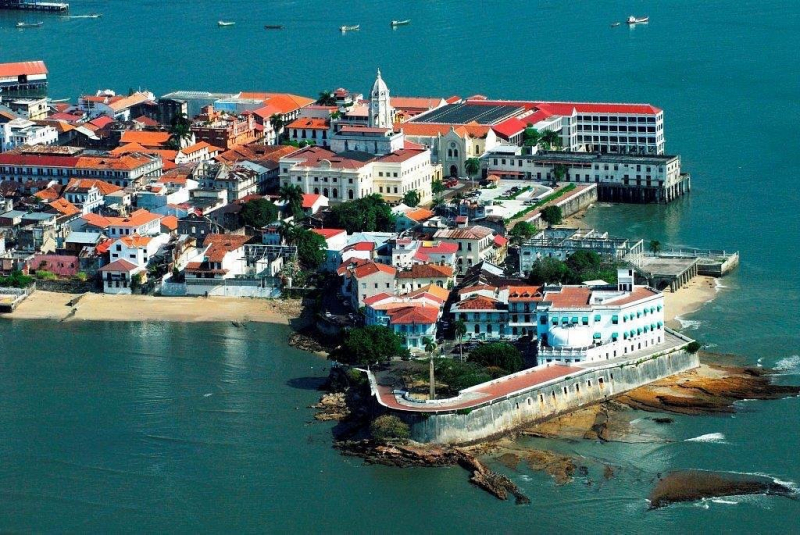
servicescoronado.com 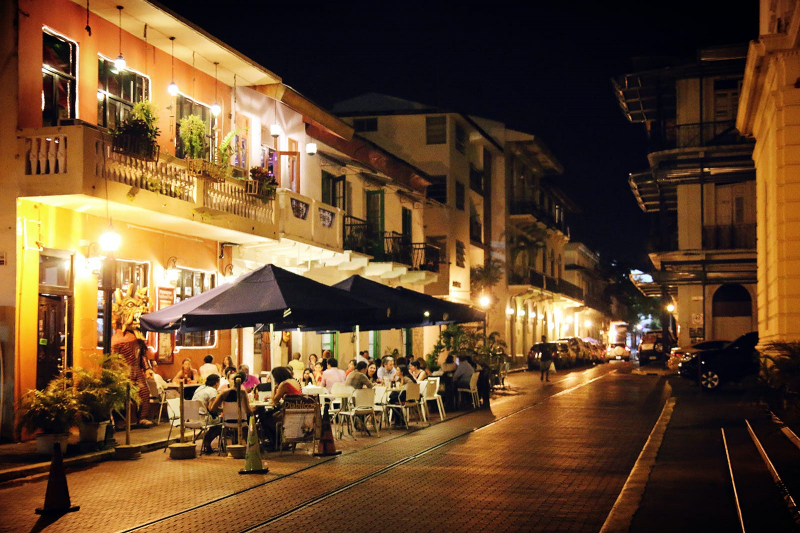
gettyimages.com -
In 1598, Fort San Lorenzo was built under the order of King Phillip II with a view to defending the Atlantic terminus of the Las Cruces Trail. In 1670, the attack of Buccaneer Henry Morgan on Fort San Lorenzo left it in ruins. Ten years ago, San Lorenzo was reconstructed in stone in 1680 but was demolished once more in 1740 by British admiral Edward. It was restored again in 1768 and fortified in 1779. This is the fort that can still be seen today.
Fort San Lorenzo served as a jail for over a century before temporarily becoming a campsite for explorers waiting for steamboat service on the Chagres River during the Gold Rush in 1848. Travelers flocked to Colon once the Panama Railway was completed in 1855, taking advantage of the shorter transcontinental journey time. UNESCO rebuilt the fort to its current state in the 1980s. San Lorenzo is regarded as one of the most outstanding representations of neo-classical military architecture in Spain from the 17th and 18th centuries, but it is collapsing to ruins due to the direct influences of the environment and erosion.To explore this site, you have to cross the Panama Canal, which nowadays involves a ferry more often than driving across the little swing bridge, and then you drive through the tropical forest and pass through the former US Army Base of Fort Sherman. There is very little tourist information available at the site but you are free to wander around the atmospheric ruins and imagine what it was once like.
To explore this place, you must first cross the Panama Canal, then drive through the tropical jungle and through the former US Army base of Fort Sherman. The site has very little tourist information, but you are permitted to stroll around the dramatic ruins and imagine what it was like in the past.
Location: Chagres, Colon
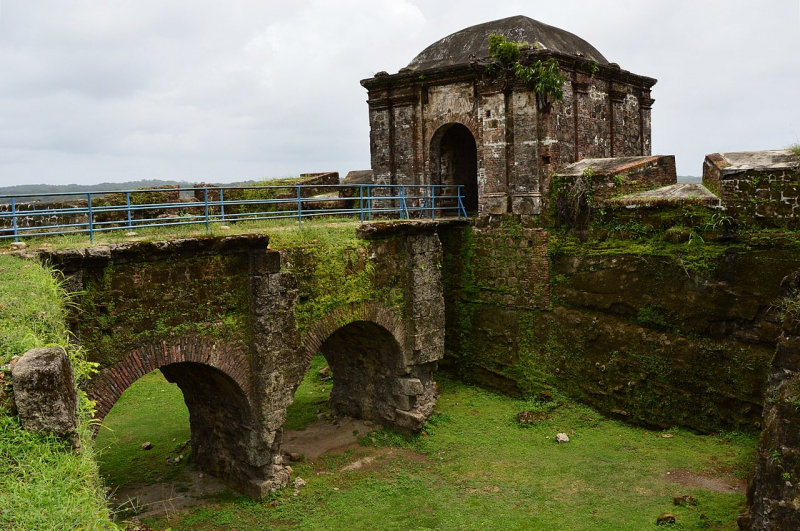
en.wikipedia.org 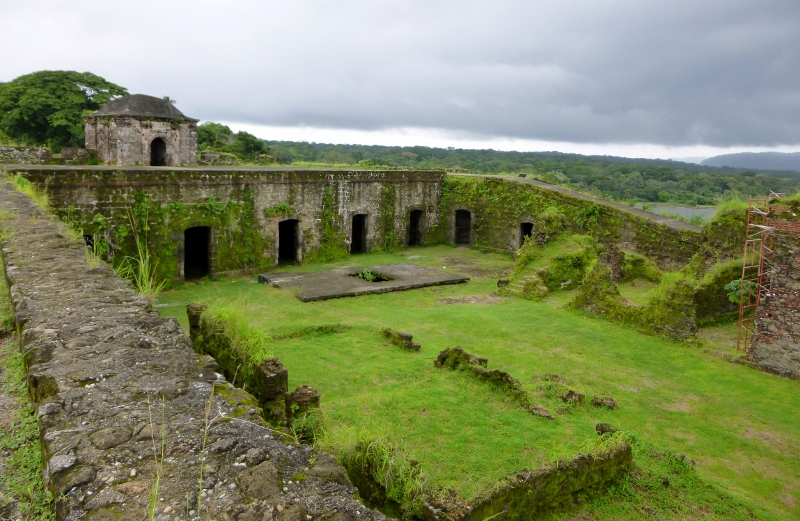
noparticularplacetogo.net -
Plaza de Francia (also called France Square), designed by Leonardo de Villanueva is situated at the southern point of the Casco Viejo peninsula. The square is intended to commemorate the effort of 22,000 people who worked hard in order to construct the canal, as well as the thousands who passed away as a result of diseases such as yellow fever and malaria.
An obelisk stands guard over the memorial at the end of the plaza, where a dozen marble tablets depict the difficult work. They later found that yellow fever, which killed thousands of people during the French endeavor, was transmitted by a mosquito bite. This information motivated the American attempt to eliminate mosquitoes from the site before the digging began.
In front of Plaza de Francia is the statue of Pablo Arosemena, who was one of the founding fathers and first presidents of Panama. The square includes a small peninsula that once served as a defensive stronghold for the walled city. The eastern edge of the plaza is bordered by the former dungeons of Las Bóvedas. Furthermore, next door is the Instituto Nacional de Cultura, which was originally the city's primary courthouse but is now home to the Instituto Nacional de Cultura (National Culture Institute).Location: Panama City
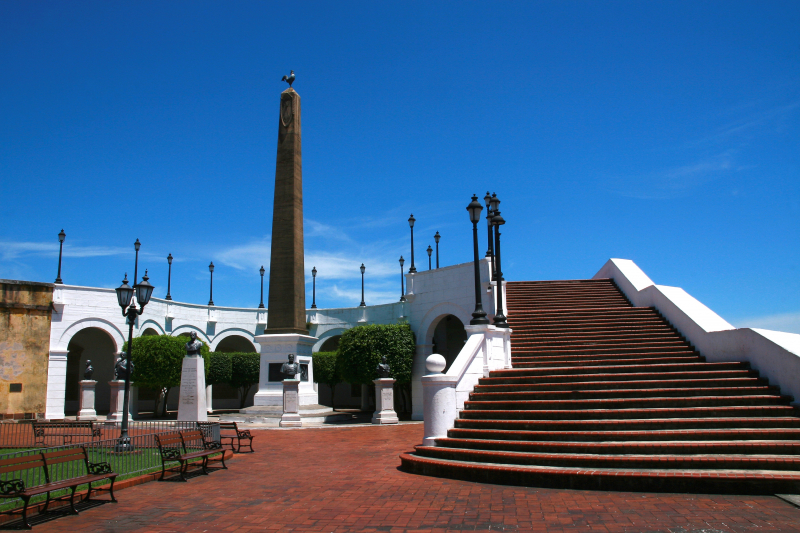
commons.wikimedia.org 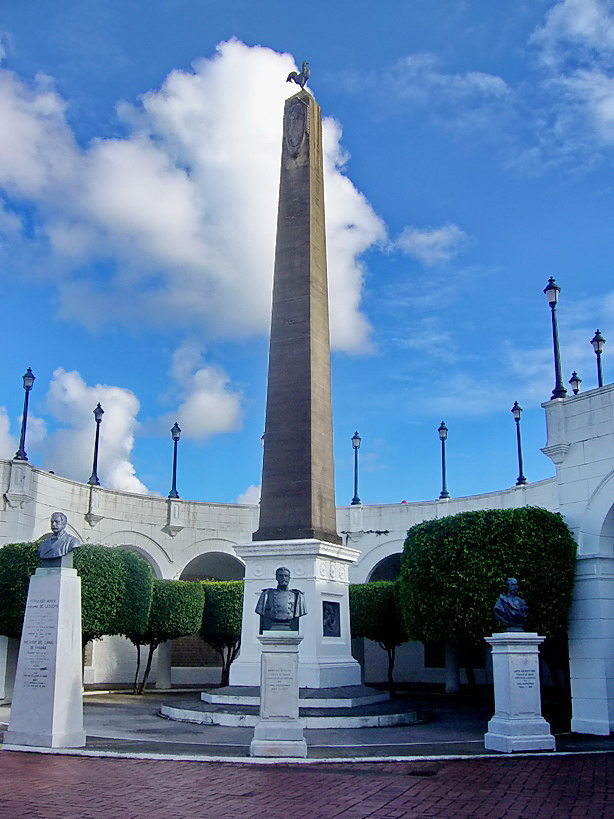
commons.wikimedia.org -
Another significant destination in the list of the most beautiful historical sites in Panama is Portobelo National Park. Located in the province of Colón, it was created in 1976. It is a UNESCO World Heritage Site with 70 kilometers of beach surrounded by palm trees and numerous coral reefs.
When Christopher Columbus explored the Americas for the fourth time in 1502, he named this region Portobelo. In 1597, Francisco Velarde y Mercado, the founder of the city, used the name Porto Bello, which means beautiful port. Though Portobelo is currently a small fishing village, it was once one of the richest ports in Spain between the 16th and the 18th century. All of South America's gold and silver were carried to Portobelo for weighing and registering before being re-exported to Europe.Portobelo National Park has an area of 34,846 hectares. The headwaters of the rivers Cascajal, Guanche, Piedras, Iguana, Iguanita, and Brazuelo are protected by the national park. The park's highest point is Cerro Bruja, which is 979 meters and is located on the continental watershed.
The internationally endangered endemic Cerro Bruja is home to the near-threatened Great Curassow, Harpy Eagle, and Blue-and-gold Tanager. The habitat includes six of the Darién Lowlands EBA's 15 species (40 percent), as well as a few Darién Highlands EBA species and numerous nationally vulnerable species. Central American Spider Monkey, Central American Wooly Opossum, Geoffroy's Tamarin, Western Night Monkey, Northern Naked-tailed Armadillo, and other mammals have been recorded. Reptiles and amphibians such as the frogs Atelopus limosus, Colosthetus flotator, the snake Rhadinaea sargenti, etc can also be found.
Portobelo is situated in the isthmus' northern region. Therefore, it might take visitors about two hours to travel from Panama City to Portobelo by bus or car.
Location: Colon
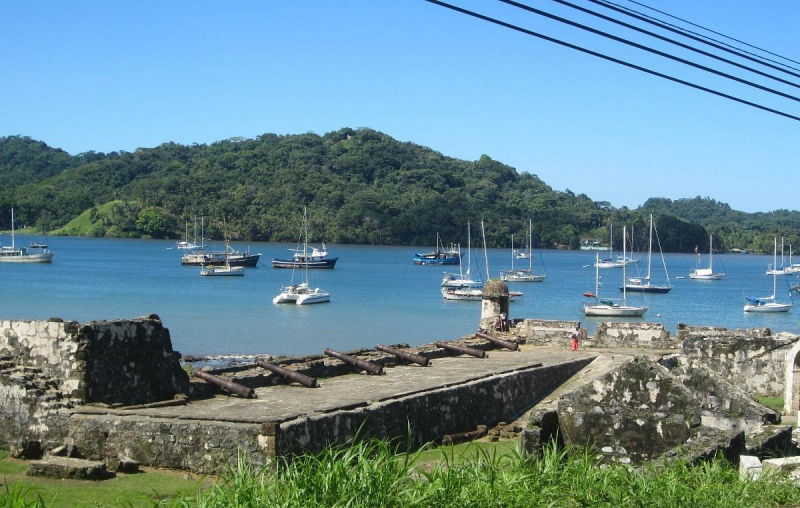
tripadvisor.com 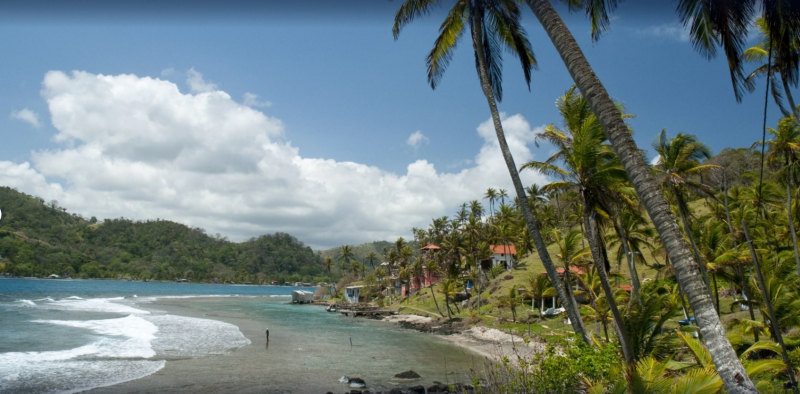
expedia.com -
Piedra Pintada, or Painted Stone, is a sandstone formation with a circumference of 76 meters (249 feet) and a height of 19 meters (62 feet). It is distinctive in the region and is regarded as a geological curiosity. It's at a park called "Parque Congreso de Abril" in the Artigas Department in northern Uruguay.
La Piedra Pintada dates back to pre-Columbian times, possibly around 8,000 years ago. It is the largest of the petroglyphs and sculptures. The red-green color of the "Piedra Pintada is owing to the presence of several mosses that have stuck to the massive sandstone. The sandstone has been worn by water, although the basaltic rocks are more resistant to erosion in its higher areas. It's a mix of basalt, which makes up the bulk of the soil, and sandstone, which makes up the subsoil around Artigas. It has pre-Columbian carvings on it.
Locals occasionally use chalk to fill in the grooves of the petroglyphs, making them easier to see. The petroglyphs' meaning is unknown; some believe that they are an ancient map of the region. The stone can be found up a trail about 300 meters off the main road.
Its picturesque appearance attracts a large number of visitors to the park. The nearby "Parque Congreso de Abril," which opened in 1982, features a public camping area with toilets, running water, electricity, swimming pools, and traditional BBQ pits, as well as a cantine and firewood for sale.
Location: JV73+F33, Anton Valley, Panama
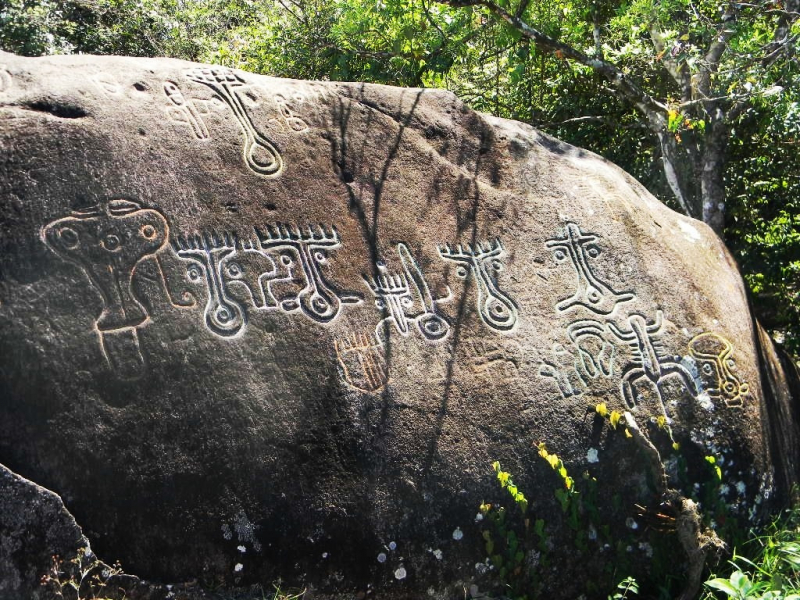
commons.wikimedia.org 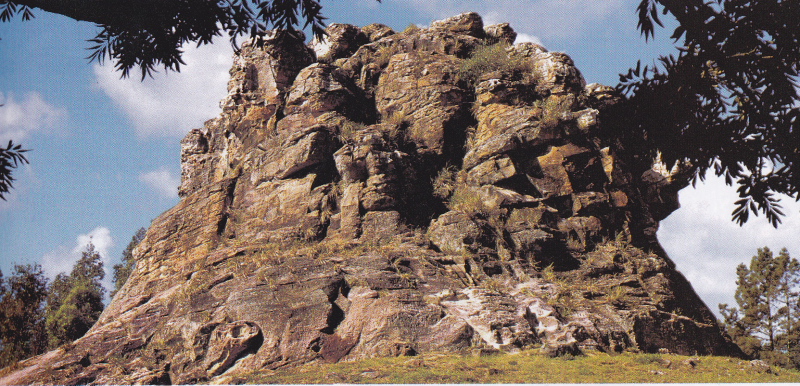
commons.wikimedia.org -
Panama Viejo (or Panamá la Vieja), which means Old Panama, is the only part of the historic Panama City that has been preserved. It was the first European city that was constructed on the Americas' Pacific coast. The city was founded in 1519 by conquistador Pedro Arias de Ávila, a Spanish conquistador.
In 1532, the initial function of Panama Viejo is to conquest expeditions to the Inca Empire of Peru, South America. The city, on the other hand, became a key location for the shipment of gold and silver back to Europe, which attracted many pirates and resulted in a number of raids.
On December 22, 1976, Panamá Viejo was recognized as a Historical Monumental Complex. The site contains the ruins of the first European settlement on the Americas' Pacific Coast, as well as traces of the Isthmus' early residents. On the 28th of January 1671, Captain Henry Morgan led an attack on the jungle, marching through it with 1,400 soldiers from the Caribbean shore and completely destroying it. The site's ruins are currently one of the most beautiful historical tourist attractions. In addition, it has been a UNESCO World Heritage Site since 1997, along with Panamá's historical area.
Location: Panama City
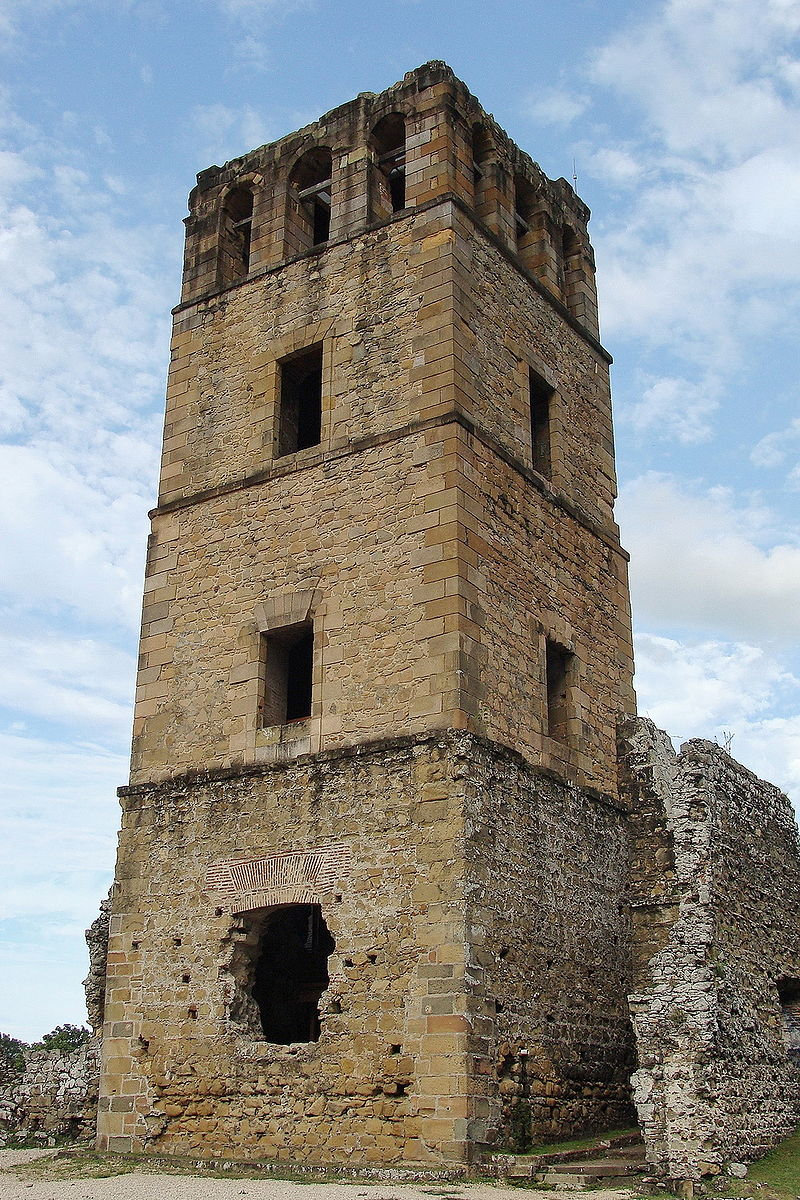
en.wikipedia.org 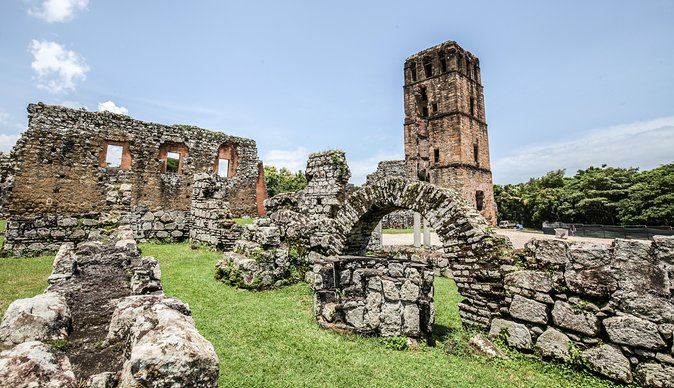
viator.com -
If you are interested in the domestic colonial architecture of the 18th century of Panama City, Casa Gongora is a must-see site. Casa Gongora is one of Panama City's oldest and most authentic colonial homes. Captain Paul Gongora, a notable Spanish pearl merchant, built the house in 1756. After his death, the home was left to the church and passed through many hands before being finally handed over to the Panama Municipality in 1995.
In 1997, UNESCO recognized Gongora House, as well as the entire Old Town, as a World Heritage Site. Much of the original woodwork, such as the doors, balconies, and armor, was kept untouched during the 1998-99 renovation. Gongora House, now a municipal building, acts as a cultural center and holds regular exhibitions by local artists. You can stop by for a quick look at some local art or simply admire the restored building and woodwork.
Casa Gongora is considered to be historically significant since it has maintained its original unique features to this day. Touring this remarkable location will allow you to witness directly the life of colonial times. The house is open every day and open to the public. You will have a chance to enjoy free jazz concerts on Wednesday nights at 8:00 p.m., as well as the Friday night bolero concert if you're lucky.
Location: Panama City
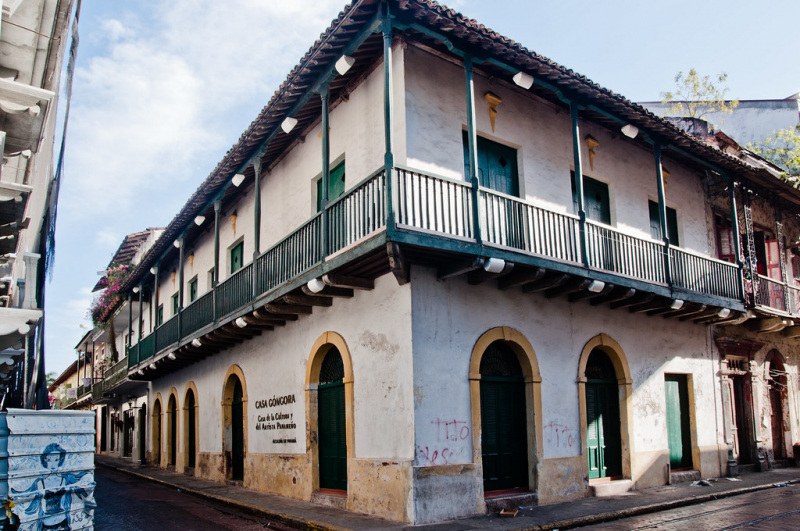
flickr.com 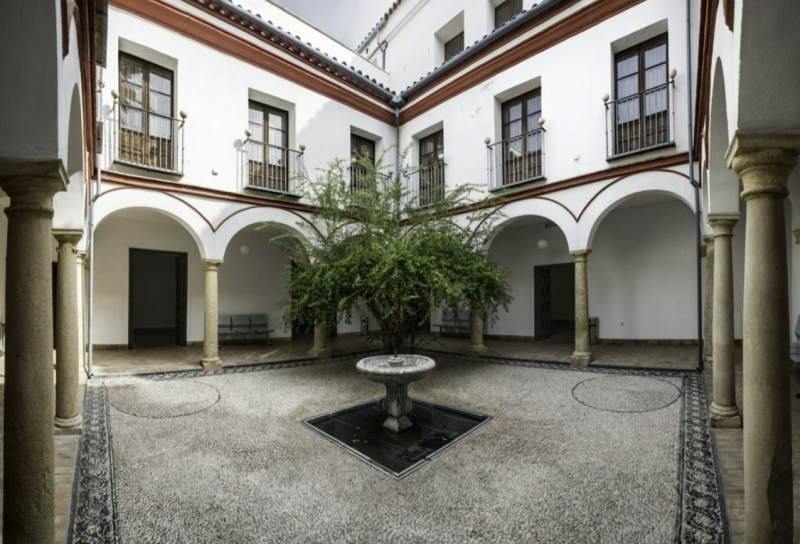
puertadelospatios.com




























